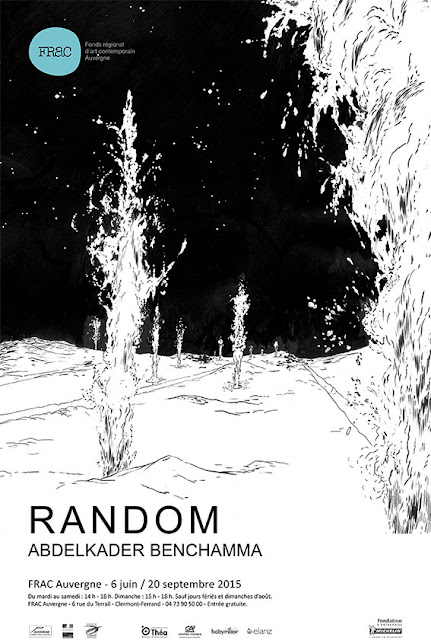I) The exhibition (work by yourself):
- Go to the Hôtel Fontfreyde exhibition in Clermont-Ferrand.
- Take your time looking at the photos, read the panels, and watch the short documentary.
- Write a list of your feelings, thoughts, opinions, and knowledge of the period (the '60s).
- Think about the way the exhibition curator has decided to display the photos (how the photos have been grouped by themes, the lighting, the frames, the labeling and explanation panels, etc.).
- Why and for whom do you think this exhibition has been set up?
- Several shots are in both black & white and in Ektachrome; how does this affect the way we perceive the subject?
- Choose one photo that "speaks to you" more than the others, write down your detailed description of it (and write down any information about it from the section and object labels).
- Present your chosen photo to your classmates, including your thoughts and feelings (what do we learn from the picture about the period, and about what Caron thought of the situation he photographed?).
II) Research (group work):
- What is journalism and what is photojournalism?
- Who are the greatest photojournalists do you think (include at least five iconic photos by different photojournalists to comment)?
- Who was Gilles Caron (find his biography, comments made about him and his photos, as well as comments he made about himself and his work, plus try to imagine what kind of person he was from the photos you saw at the exhibition)?
- What was happening in the world in the 60s (Cold War, decolonization, the "Swinging Sixties" and the Nouvelle Vague, the protest mouvements)?
- Why were there conflicts (describe them) in, among other places, the Middle East (Israel), the Far East (Vietnam, Cambodia), Europe (Northern Ireland, France), and Africa (Nigeria)?
III) Think and write (alone or in pairs, answer at least one of the questions
below; your answers can be as long as you like!):
- What impact have the photos of this exhibition had on you?
- Describe and comment the photo of Gilles Caron at the top of this blog post.
- Do you see yourself as a photojournalist?!
- Can a photo change the world?
- Describe the different ways Caron "talks about" conflict (i.e. how it affects individuals) through the following photo reports: Six-Day War, Vietnam, Paris, Biafra, Northern Ireland.
- What is the role of the State?
- Can empires be considered as having done some good for the people whose countries were colonized?
- To what extent did Caron's life before 1967 determine his choice of photographic missions after 1967 do you think?
- Is Gilles Caron a legendary photojournalist?
- Why can Caron be described as a rebel with a cause?
- Gilles Caron once said: "Envie de vivre vite. De mourir jeune. Je fous toujours tout en l'air mais pourquoi pas ?" ("Want to live fast. To die young. I always mess things up but why not?"). How much do you approve this attitude, quite prevalent among Caron's generation at the time?
- Caron was heroic; do you agree?
- Is Caron a victim of the 60s, a time of conflict, or is he partly responsible for its violence?
- From the exhibition, we learn about the 60s (conflicts, the individual within society, the abuse of power by States), and about the history of photography and the role of photojournalists; but, what do we learn about ourselves (as individuals, as societies)?
- It could be argued that society destroys the individual; should we rebel against it?
- What does the photo below say about the ethics of being a photojournalist (are there subjects that should not be photographed or shown; should the photographer be only a witness or should he intervene)?
1968, Raymond Depardon by Gilles Caron






